-
A Brick in the
Stomach
On the home-loving BelgiansBy Max Borka
-
The Belgian curator and critic Max Borka says his countrymen are a staid and stubborn bunch when it comes to their homes, but their relationship with brick is “inbuilt” and surprisingly anarchic.
To be born with a brick in your stomach, een baksteen in de maag, as they say in the Flemish-speaking northern part of the country, or être né une brique dans le ventre, in the Walloon and French-speaking south, essentially means that – as a Belgian – it is in your genes, not just to own, but also to build your own home, and then to keep it.
In Belgium, only about 25 percent of the houses are let to tenants, the rest are lived in by their owners. If you still are a tenant after your student years, you are considered a failure. True Belgians marry young, start a family, buy or build a house as soon as they possibly can and then keep on living in it and paying for it for most of the rest of their lives. A property in Belgium is sold only every 35 years compared to every 10 years in Anglo-Saxon countries.You won’t find any manifestos or great movements of Belgian origin in history books about art, design and architecture. Like our national hero René Magritte, who immediately got into trouble with the surrealist movement the first time he travelled to Paris, we are born individualists. Our favourite pastime is minding our own business and the place we like best to practice this is our home, which we consider to be our castle – and our bunker.
Previous page: “Partners in crime” one of the architectural dog’s dinners with accompanying witty descriptions found on Hannes Coudenys’ blog Ugly Belgian Houses. (Photo: Hannes Coudneys)
-
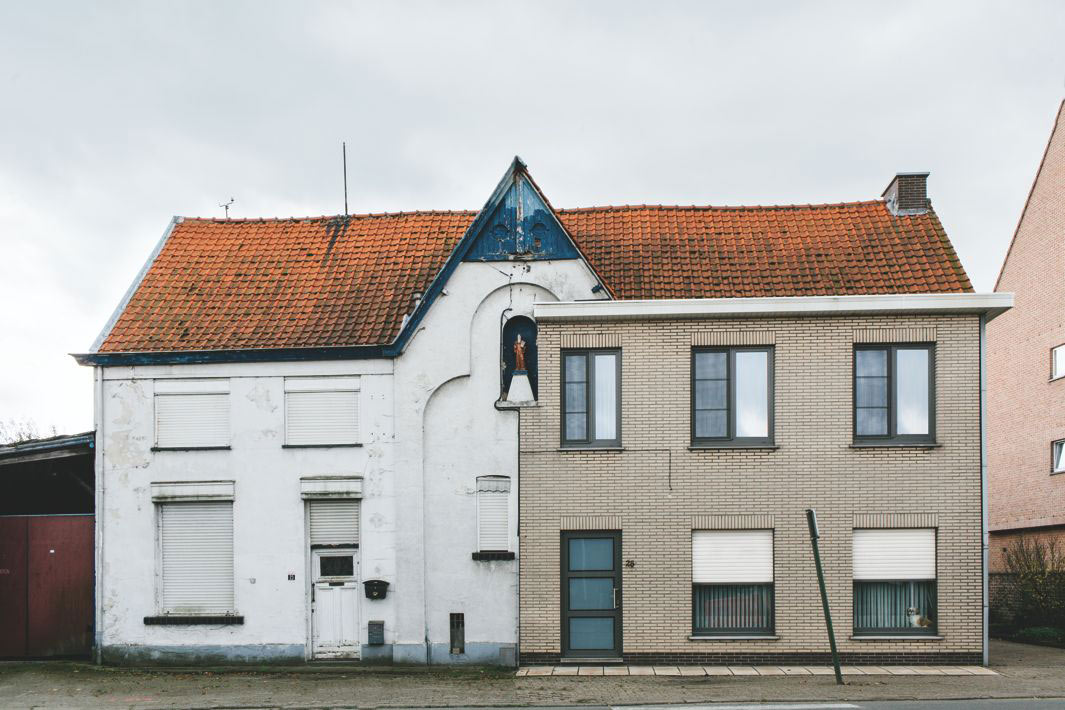
“So who was ugly first?” another entry from Hannes Coudenys’ “Ugly Belgian Houses”, this time from the book version. (Photo: Kevin Faingnaert)
-
The Belgians have made a habit of expressing their individuality through their houses. We therefore prefer to construct them from scratch, each one unique and custom-built, rather than buy existing ones, even though, thanks to the fact that our small country is almost full up, this is becoming increasingly difficult. Perhaps the desire to scare off others might explain why we have made a principle of building our houses as ugly as possible.
A trip through Belgium rapidly confirms that the Belgian attitude towards the classical architectural canon is somewhat anarchic. We also prefer to tackle the job of building ourselves, literally, with the help of all hands available, and in a makeshift manner. And since the material is so easy to handle, cheap and versatile, we also prefer to construct using what we already have in our stomachs: bricks.
Admittedly, since Belgian property is built for the long term, the constructive quality of the houses is very high. But it is often also much more eccentric than it is innovative, a pastiche of architectural styles that is not unlike the comic strips in which we also excel. The clash between these harsh varieties of individual “styles”, creates a cacophony that is second to none. Added to this is our obsession for lintbebouwing or ribbon building: endless strips of individual houses that connect the numerous villages and towns to each other, and that have transformed most of the countryside into one giant suburban sprawl.
Not that most of us Belgians have a problem with that. When in 1968 one of the leading Belgian avant-garde architects Renaat Braem wrote a book about his home country, he scornfully named it The Ugliest Country in the World – a title that was quickly turned into an epithet that Belgians have been quoting with great pride ever since.
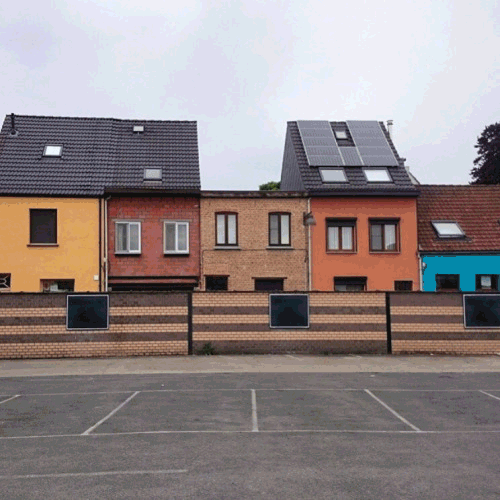
Above: “It’s a tribute to their letterbox” ; below: “Lemmy was here”; “When you didn’t know you had to bring your own roof”; “Shiteau. The Belgian version of a château” –– more entries from “Ugly Belgian Houses”. (Photos: Hannes Coudenys)
-
»Our favourite pastime is minding our own business and the place we like best to practice this is our home, which we consider to be our castle – and our bunker.«
Despite the economic crisis and the fact that there is hardly a morsel of land left, young Belgians don’t think much differently from their parents when it comes to building their own house for life. Alternative housing types such as co-housing, kangaroo- or multigenerational living still remain exceptions. Nor do such models get much support from local politicians, who know all too well that it would simply be political suicide to aggravate their voters’ basic distrust of all state intervention. Owners in Belgium therefore enjoy some very interesting tax benefits compared to other countries: rental income from properties, for instance, is not part of the owners’ income and therefore not taxed as such.
This may leave the reader wondering whether we have any architects at all in Belgium. We do! And how! Their number, 7,714 according to the latest count, is even extremely high per capita compared with neighbouring countries – partly due to the fact that (and this may come as a surprise) you are obliged to hire one when you build in Belgium. The number of public commissions reflects the power of the government in Belgium, however. That is: they are almost nonexistent. So if you want to make it as an architect, you have to concentrate on the private sector.
Belgian architects like Henry Van de Velde were prominent members of the very first international design movement, Art Nouveau, where the house stood central and its comfort equalled the Baudelarian luxe, calme et volupté. But that quickly changed when Modernism exalted other, less bourgeois, values. Paul Hoste, for example, was publicly scorned by Theo Van Doesburg, the theorist behind de Stijl for his “ambiguity”, read: making client comfort a central theme. Little has changed since. -
»We also prefer to construct using what we already have in our stomachs: bricks.«
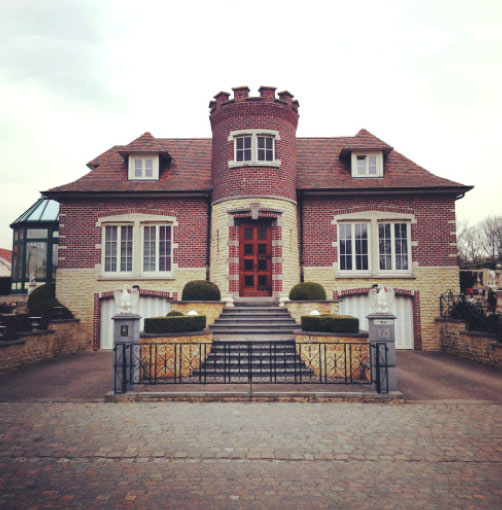
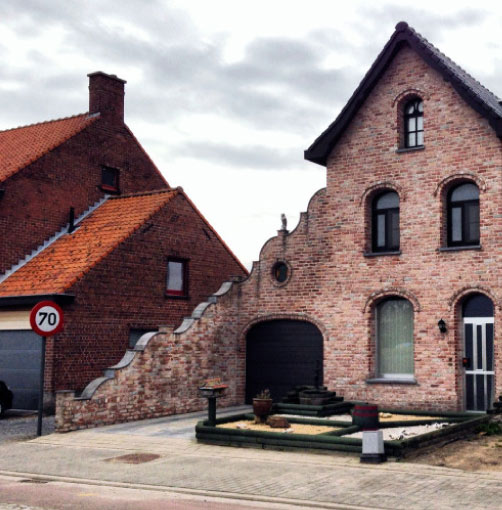
Left: “Please stop using these spirals. Not cool. Never cool. Aaaargh.”; centre: “Lord of the Bling Blings”; right: “Dude, your house is melting”: a final installment of architectural crimes against humanity from“Ugly Belgian Houses”. (Photos: Hannes Coudenys)
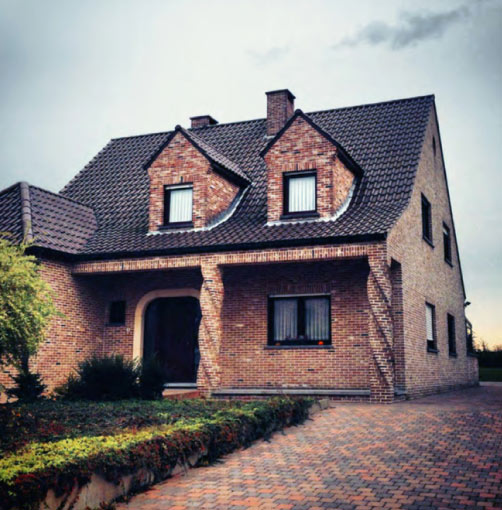
-
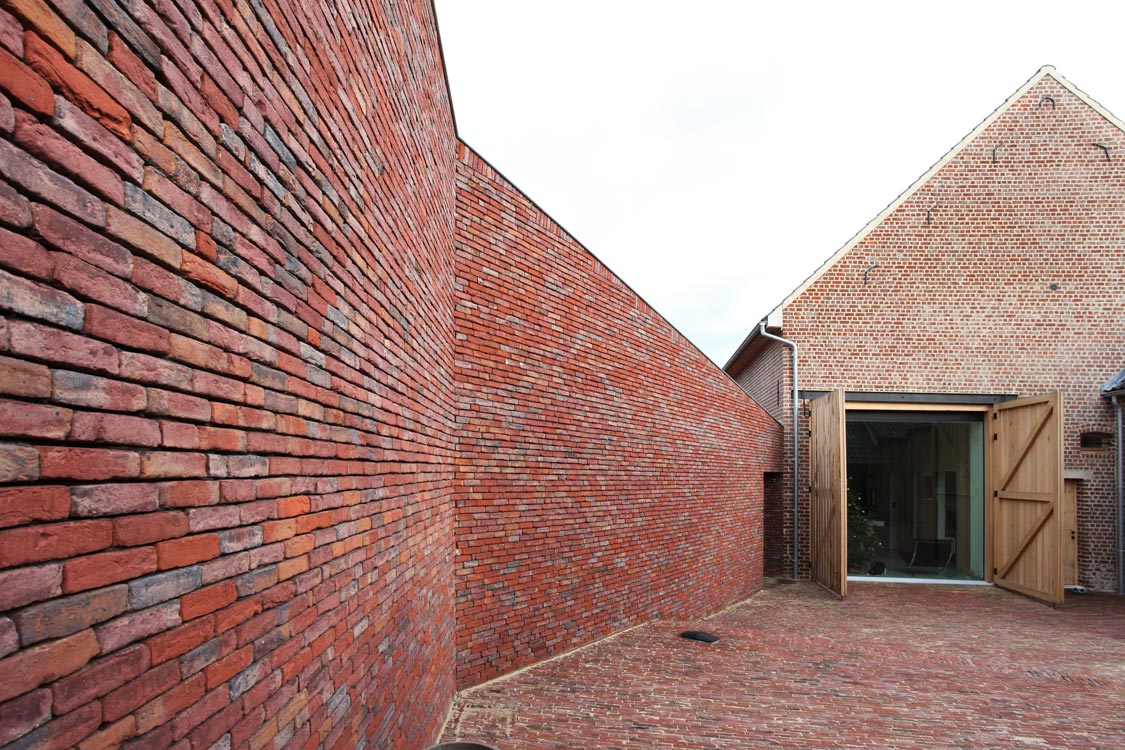
Rabbit Hole, Lens°ass Architects, Gaasbeek, Belgium, 2010. (Photo: Philippe van Gelooven, courtesy Lens°ass Architects)
-
Max Borka was born in Belgium and now lives in Berlin. After a career as a journalist and media-manager, he became director of the Interieur Foundation in Kortrijk, and art director of designbrussels. He also wrote and curated numerous books and exhibitions on art, architecture, fashion and design. He was a co-founder of Damn° magazine, and recently launched Mapping the Design World, a platform on social design and the Stand der Dinge / State of Design – Berlin festival. He also currently teaches Design Theory at the Fachhochschule Potsdam.
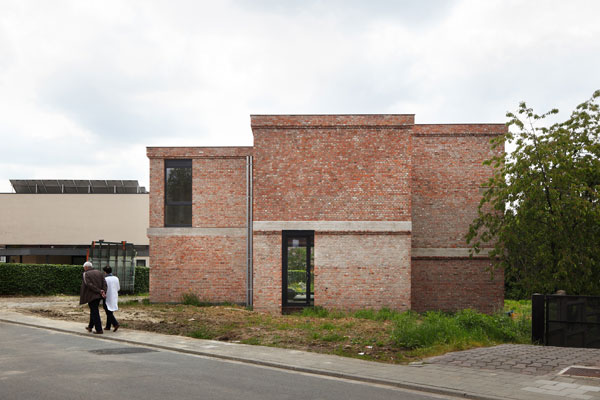
Many Belgian architects today limit their creative input almost exclusively to signing off a design, after streamlining the clients own plans a bit. But on the other hand, there’s always been a great line of architects, like Jacques Dupuis, whose oeuvre was almost exclusively limited to villas and bungalows, and whose works were ignored by the chroniclers of Modernism.
All that might change though, now that attention has shifted towards the vernacular with DIY and Maker cultures comfortably installing themselves at the core of a new canon at the service of the client. Of late, and in the wake of pioneers such as Luc Deleu, bOb Van Reeth, & Robbrecht & Daem, a third category has emerged, armed with an aesthetic that fully celebrates Belgitude, often taking its culture of non-aesthetics to extremes.
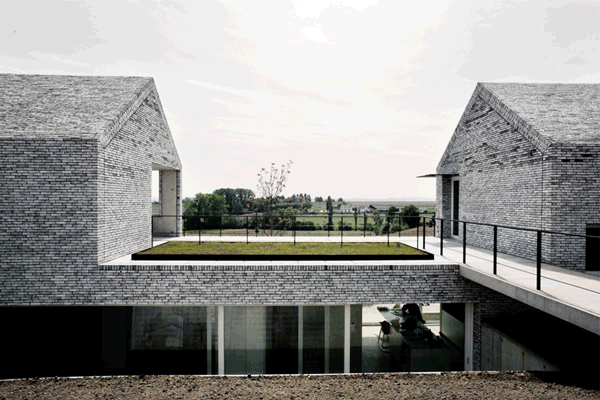
DnA House, BLAF Architects, Asse, Belgium, 2013. (Photo © Stijn Bollaert);
Villa H. te W., Stéphane Beel Architects, Belgium, 2011. (Photos: Luca Beel)
Not surprisingly, the brick – cheap, versatile, modular, anonymous and commonplace – plays a central role in the design work of these small and flexible studios. Already famous examples are Villa Moerkensheide by Dieter De Vos in de Pinte; the Brick Rabbit hole, a house plus vet practice by LENS° ASS near Gaasbeek Castle; and the DnA house on a left-over plot in the town centre of Asse by BLAF Architecten. “Blaf” is Flemish for “bark”, which betrays another common characteristic of these projects: a sense of humour, which also pervades the blog Ugly Belgian Houses. Launched by Hannes Coudenys four years ago, with photographs of houses across Belgium, the site attracts millions of visitors per year, from all over the world. This of course makes us Belgians all the more happy.

-
Search
-
FIND PRODUCTS
PRODUCT GROUP
- Building Materials
- Building Panels
- Building technology
- Façade
- Fittings
- Heating, Cooling, Ventilation
- Interior
- Roof
- Sanitary facilities
MANUFACTURER
- 3A Composites
- Alape
- Armstrong
- Caparol
- Eternit
- FSB
- Gira
- Hagemeister
- JUNG
- Kaldewei
- Lamberts
- Leicht
- Solarlux
- Steininger Designers
- Stiebel Eltron
- Velux
- Warema
- Wilkhahn
-
Follow Us
Tumblr
New and existing Tumblr users can connect with uncube and share our visual diary.
»I hate vacations. If you can build buildings, why sit on the beach?«
Philip Johnson
Keyboard Shortcuts
- Supermenu
- Skip Articles
- Turn Pages
- Contents


